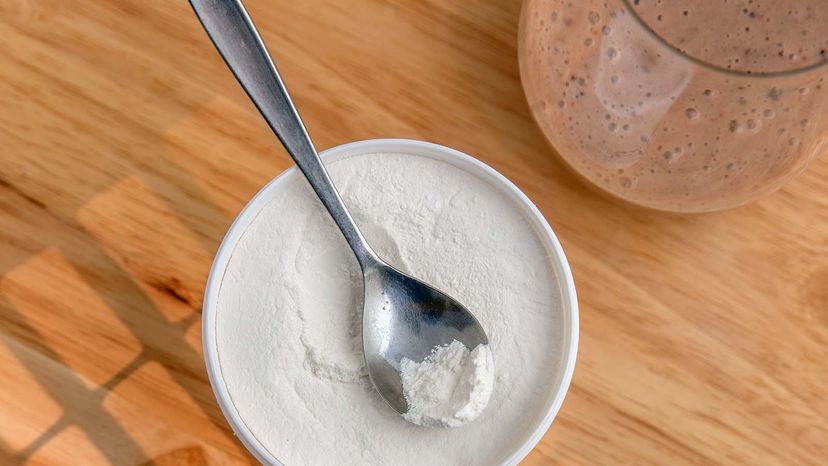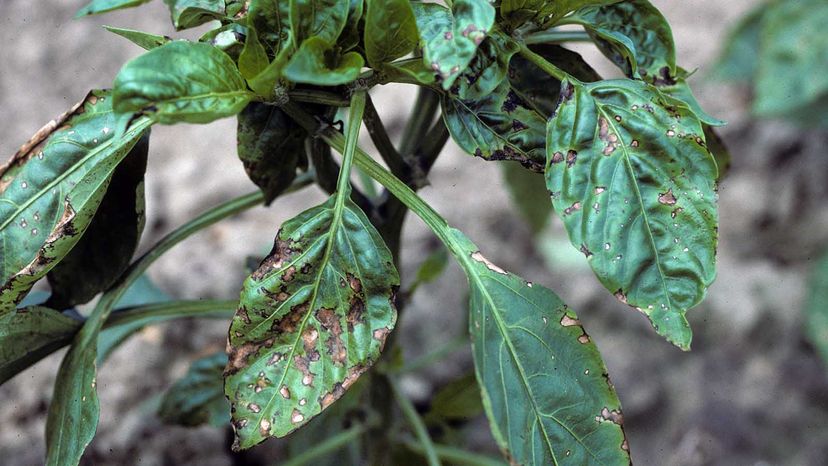Xanthan gum comes in a powder form that you can find in the grocery store. It's colorless and flavorless, and largely unremarkable. And that's the point. Unlike other thickening agents, like corn starch or flour, xanthan gum doesn't block the flavor of the food it's mixed with, Matijevich says.
And you need very little of it to create the thickening effect. "So, when we're using corn starch, we're using it in concentrations of like 1 percent," Matijevich says. "With xanthan gum, we're using it in like a quarter of a percent or even less than that."
Bob's Red Mill, which sells xanthan gum, recommends just a quarter teaspoon of xanthan gum per cup of flour for gluten-free cookies; and 1 to 1½ teaspoons per cup of flour (i.e., rice, buckwheat, almond flour) for gluten-free breads. You can also add about 1 gram (1/8 teaspoon) per liter (about 4 ¼ cups) to drip coffee and process it in a blender for a few seconds for a dairy-free latte.
But if you use too much xanthan gum, the effect is rather unappetizing, Matijevich cautions. When it's overused, it can turn things, well, rubbery. "I describe the texture sort of like mucus," he says. "It's very distinct, and not pleasant at all."

